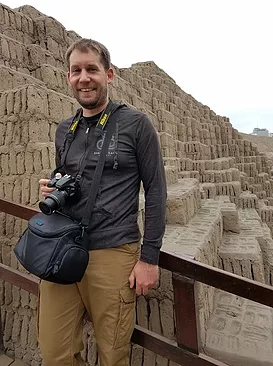We are testing a new system for linking grants to scientists.
The funding information displayed below comes from the
NIH Research Portfolio Online Reporting Tools and the
NSF Award Database.
The grant data on this page is limited to grants awarded in the United States and is thus partial. It can nonetheless be used to understand how funding patterns influence mentorship networks and vice-versa, which has deep implications on how research is done.
You can help! If you notice any innacuracies, please
sign in and mark grants as correct or incorrect matches.
Sign in to see low-probability grants and correct any errors in linkage between grants and researchers.
High-probability grants
According to our matching algorithm, Jason M. Samonds is the likely recipient of the following grants.
| Years |
Recipients |
Code |
Title / Keywords |
Matching
score |
| 2007 — 2009 |
Samonds, Jason M |
F32Activity Code Description:
To provide postdoctoral research training to individuals to broaden their scientific background and extend their potential for research in specified health-related areas. |
Spatial Integration of V1 Horizontal Disparity Signals @ Carnegie-Mellon University
[unreadable] DESCRIPTION (provided by applicant): We will test the hypothesis that the visual system matches features between the left- and right-eye images using cooperative processing among neurons in primary visual cortex that respond specifically to horizontal disparities between these images. Effective connections between neurons are quantified using cross-correlation between spike trains. We will examine the dynamics of these effective connections during changes in depth rendered in dynamic random dot stereograms and compare them to predictions made by cooperative algorithms. In addition, we will test the hypothesis that cooperative mechanisms also facilitate detecting orientation (in depth) of a surface. We will extend our approach by measuring the dynamics of effective connections while displaying dynamic random dot stereogram gradients. Surface orientation is an elementary step in detecting more complex depth-based patterns of surfaces. The results of the proposed project will provide fundamental details about the underlying mechanisms of neural integration. Understanding how early disparity signals are integrated will allow us to understand how complex depth perception evolves through the visual system. A general motivation of this project is to understand how neurons interact, which is fundamental to determining how the brain functions. More specifically, figuring out how the visual system computes depth from two-dimensional images will be essential in developing treatment for neuropathology with known depth perception deficiencies. [unreadable] [unreadable] [unreadable]
|
0.934 |
